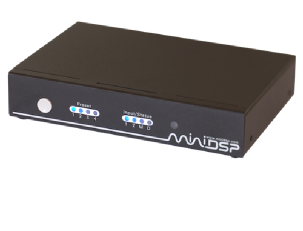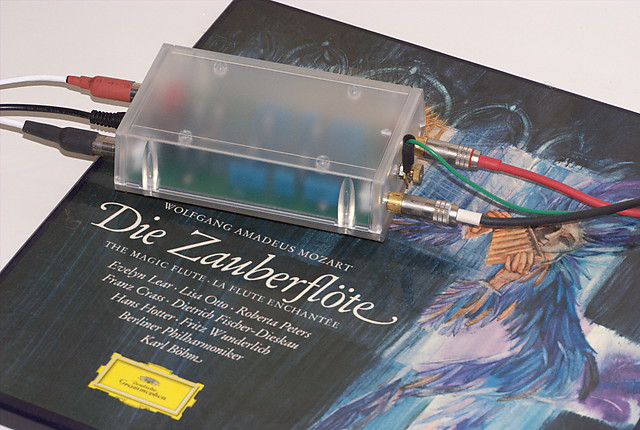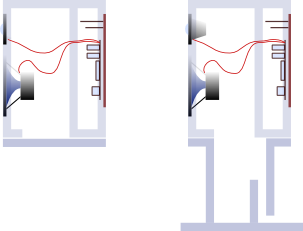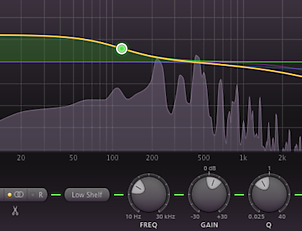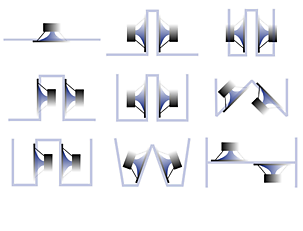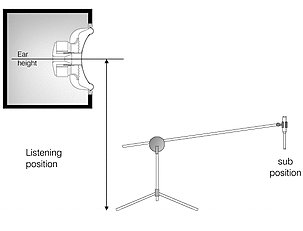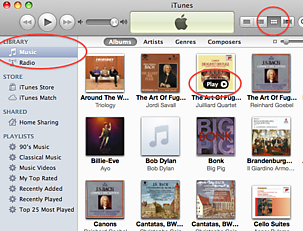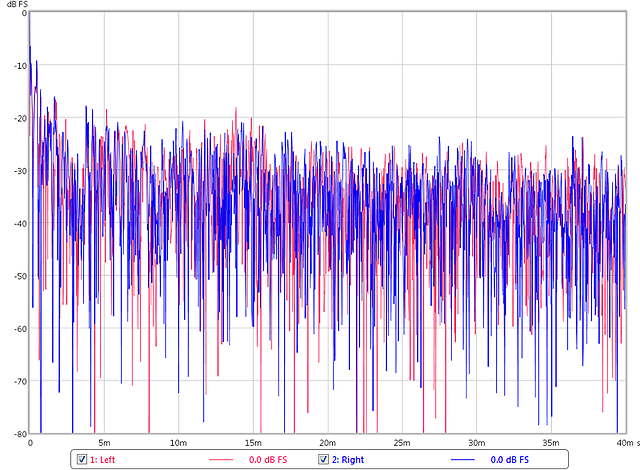Technical and DIY
Articles that explain or educate readers on one or more technical aspects of the hobby. Technical articles from industry members are welcomed, as are those by any audiophile who has completed an audio project build.
Editor: John Reekie.
“I’ve always been more of a two-channel audio enthusiast than a home theater enthusiast,” writes John Reekie, “and the idea of spending a lot of money on our home theater system or a lot of time optimizing it has never been particularly appealing.” Nonetheless, he delves into applying miniDSP’s new HDMI audio processor, the nanoAVR, in his home theater system.
Continue Reading...
John Reekie assembles the Bugle 2 phono stage kit from Hagerman Technology, and writes a short photo-essay to document the process. This follows on from the interview with Jim Hagerman about the Bugle 2 phono preamp that he successfully launched on KickStarter in 2013. “I’m not an accomplished vinyl aficionado, but I’m pleased with the Bugle 2, for a couple of evenings of leisurely assembly,” John writes.
Continue Reading...
John Reekie describes the design of the HifiZine Mini Convertible, an active loudspeaker project using drivers from Seas of Norway and a miniDSP plate amp with B&O ICEPower for amplification and DSP crossover. The speaker can be configured as a small sealed monitor, or the base plate can be removed and replaced with a hollow stand, turning the speaker into a ported floor-standing speaker. This is the first artlcle in a series of three.
Continue Reading...
Oliver Masciarotte surveys the field of “plugins” for audiophile music players, explaining what they are and how they can benefit your listening experience. From shufflers and measurement tools to the dreaded EQ, there is much benefit available to the open-minded audiophile willing to explore the possibilities. Oliver lists his favorites and recommendations, from free to not-so-free, and explains how to evaluate plugin quality.
Continue Reading...
Of the music players available for the Mac, Pure Music stands out as the one with the most comprehensive feature set. One of those features is its active crossover, which can be used to implement an active speaker system of up to four ways. John Reekie explains how to use the Pure Music active crossover, together with the FabFilter Pro-Q equalization plugin for correcting driver and room response.
Continue Reading...
“There are so many variants of the open-baffle subwoofer…” writes John Reekie of his quest to find a suitable form with which to replace his dipole subwoofer prototype. He explores the different ways in which an open-baffle subwoofer can be “folded” to make it more compact. Each configuration has its own strengths and weaknesses.
Continue Reading...
Paul Spencer completes the Bass Integration Guide series with part 3, which covers speaker placement, bass management and EQ, building on the measurement and acoustic treatment from parts 1 and 2. “All your favourite bass tracks are likely to come out as you rediscover bass that is tight and controlled and maintains a balance that sounds right to you.”
Continue Reading...
“More and more audiophiles are using a computer to purchase, manage, and play back music. The advantages of storing everything on a computer are compelling…” John Reekie provides an in-depth tutorial on how to do it on the Mac.
Continue Reading...
John Reekie measures the effect of dipole subwoofer placement with respect to listener and wall distance. While he had earlier obtained good results with nearby placement of a diple subwoofer, he asks “Can these results be generalized into a recommendation for others to try?” This series of measurements suggests that they can.
Continue Reading...
In our listening rooms reflected sounds – sounds that bounce off walls and other objects – are more often louder than the direct sound from our loudspeakers. Nyal Mellor and Jeff Hedback explain how reflections affect our perception of sound, and how the Energy-Time Curve (ETC) can be used to assess the nature of reflections in a given listening room.
Continue Reading...
